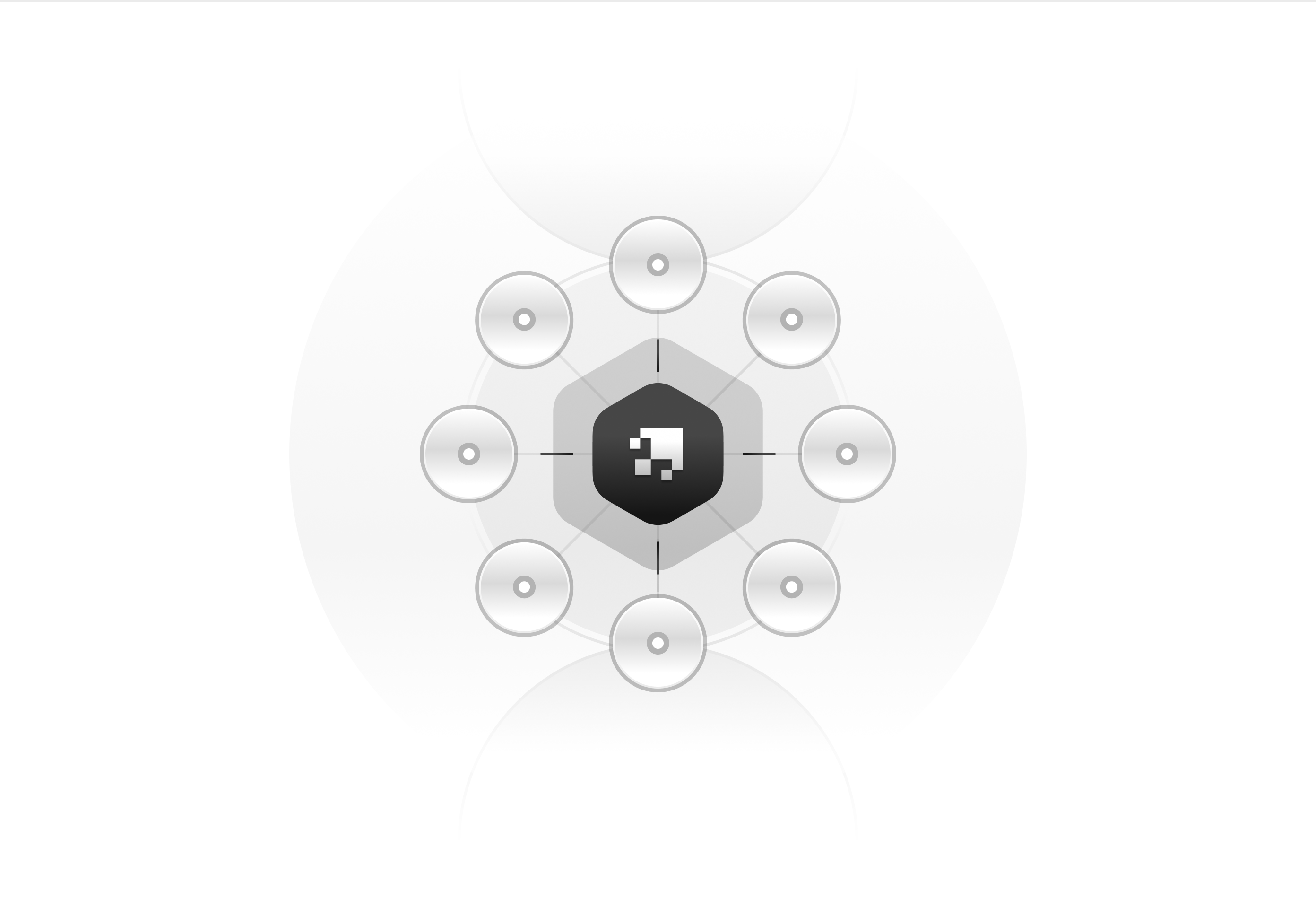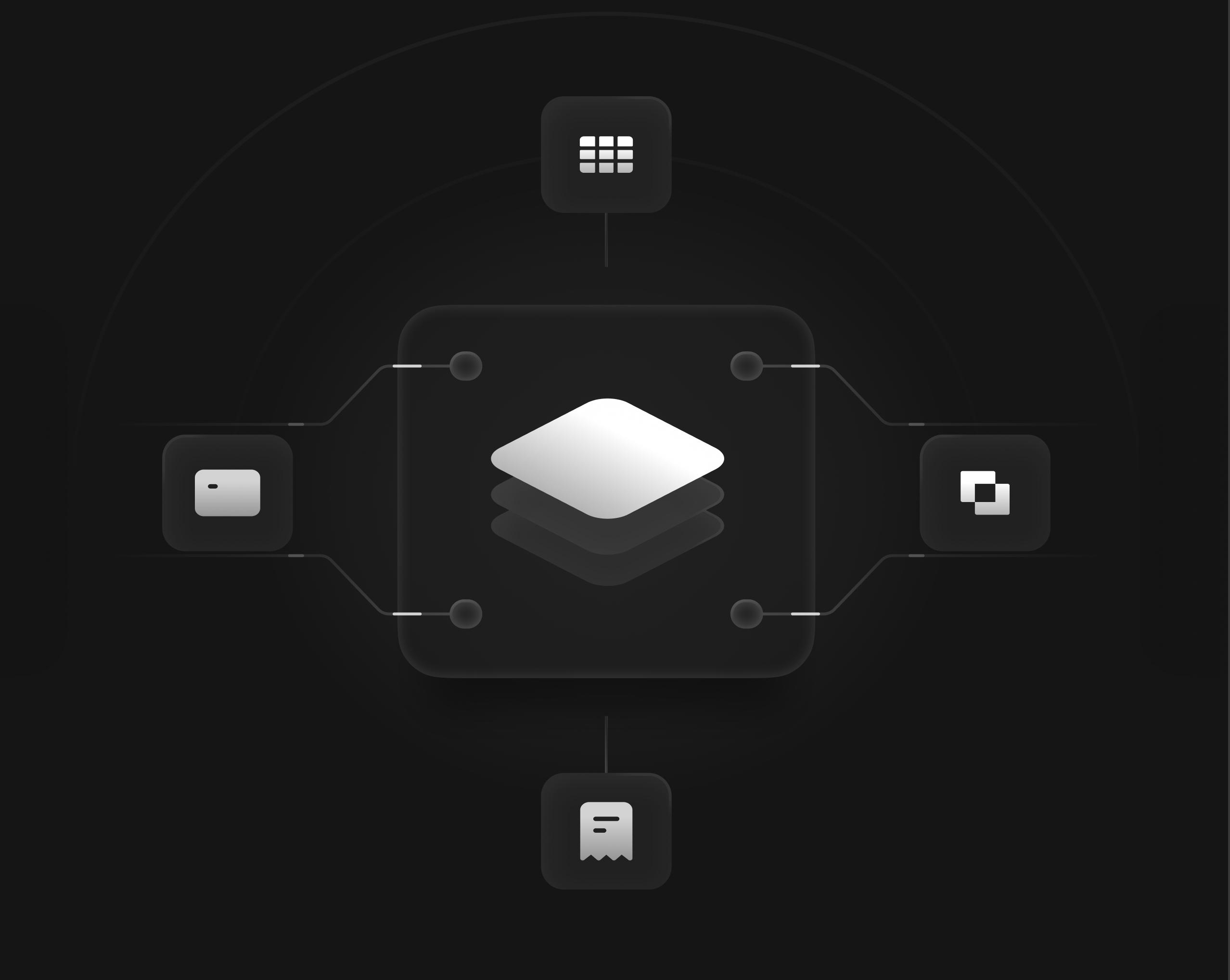What is an Intelligent Operations Platform?

One of the most common misconceptions in business is that buying the right software makes operations run smoothly. You pick a scheduling tool, add a CRM, connect accounting, and hope the rest falls into place. But the reality is harsher. Tools store data; they don’t move work forward. People still spend their days stitching those tools together—assigning jobs, chasing updates, tracking time, sending invoices.
It feels modern on the surface, but underneath it’s still manual labour. Growth drags not because the market isn’t there, but because the organisation is weighed down by admin.
The crank before the engine
A hundred years ago, cars required a crank to start. The fuel and pistons were in place, but without that human push, the engine wouldn’t turn over. That’s what most operations software looks like today. It holds the pieces, but someone still has to crank it.
An Intelligent Operations Platform—an IOP—is the electric starter. Once you shape the workflow, the system runs the jobs, moves the crews, issues the invoices, and learns along the way. Human judgment matters, but it’s called in at decision nodes, not for every step. The system never stalls.
The core problem it solves
Businesses don’t struggle because they lack information. They struggle because information sits in silos. Field service management tools track jobs, workforce management tools track rosters, and CRMs track customers. None of them connect job, crew, and cash in real time. So managers end up doing the connecting themselves—late at night, in spreadsheets, or in endless calls. That invisible labour is what holds companies back. It isn’t the absence of demand that slows them down, but the drag of admin work that stretches every process.
A new category of software
An Intelligent Operations Platform is a unified workspace where workflows plan, execute, and adapt in real time. Instead of requiring people to push every task forward, it allows work to move on its own. Jobs are scheduled as soon as they are created, crews are notified the moment plans change, invoices are issued the instant work is finished. The system calls for human input only at decision nodes—moments where judgment, context, or choice truly matter. In every other case, the flow continues without interruption.
This is not just another piece of software bolted onto the stack. It is a shift in the very operating layer of how service businesses run. The design principle is simple: workflow first, screen second. That means the software is not a static database waiting for input, but a living engine that adapts to conditions in real time. It learns continuously without requiring external plug-ins, and it builds around the rhythm of the business rather than forcing the business to adapt to it.

Why it matters now
Every great company begins in a fragile state. Airbnb once survived by knocking on doors and photographing apartments by hand. Stripe won its first users by installing payments directly onto laptops. From the outside, these stories look like desperation. In hindsight, they were the foundations of enduring companies.
Most operations today are in that same fragile state. They limp forward with tools that look polished but require managers to do all the stitching. An IOP represents the turning point. It shifts the centre of gravity from people pushing work through software to software pulling work forward for people. It removes the weight no one sees but everyone feels.
Different from what came before
To understand why the category is new, it helps to see what came before. Field service management systems gave businesses dispatch boards and job status updates, but they never connected those updates to cash flow. Workforce management systems brought discipline to rosters and attendance, but ignored customer context and revenue. Generic automation suites promised to stitch tasks together, but lacked industry insight and operational data models to ground those automations in the real work of service businesses.
An Intelligent Operations Platform does what none of these could: it ties together job, crew, and cash in a single flow. The work is not just tracked. It moves.
Built for real-world work
Inside the platform, each capability exists not as an isolated feature but as part of the same rhythm. A visual workflow builder allows managers to design processes with triggers, actions, and decision nodes. Jobs are dispatched in real time and tracked on maps. Customers receive updates instantly. Quotes are generated in the same system that produces invoices, meaning cash is collected without lag. Assets are logged, maintained, and inspected within the same data model that holds team schedules and customer records. Even the mobile app for crews are part of the same live system, so no step ever drifts into silence or gets lost.
Humans still matter
Automation is powerful, but it cannot replace judgment. A quote may need review. A customer complaint may require discretion. A safety incident may demand escalation. In an Intelligent Operations Platform, these moments are designed into the flow as decision nodes. The system pauses for human judgment, captures the decision, and then continues. It means humans are in the loop without being the bottleneck. That balance—machines carrying the load while people guide the critical choices—is what makes the model durable. It is not about removing people. It is about allowing them to thrive where they matter most.
Starting contained, then expanding
Every platform begins by serving a contained fire. Facebook started at Harvard before it became the social layer for billions. The same pattern applies here. Intelligent Operations Platforms burn hottest first in service-heavy industries like HVAC, plumbing, cleaning, and facilities management. These are domains where the drag of admin is felt most acutely, and the relief of flow is immediate. Over time, the same model spreads outward into logistics, property care, and other repeat-service fields. The fire starts small, then expands.
Outcomes that redefine operations
The numbers speak clearly when organisations move to this model. Routine admin is cut by up to sixty percent. The job-to-cash cycle shrinks from weeks to minutes. Managers no longer chase updates; they watch work unfold live. But beyond the numbers lies the deeper shift. Owners stop working nights just to keep up. Teams stop drowning in paperwork. People stop feeling like the system is working against them. Work flows, people thrive, and operations begin to run themselves.
The vector of an IOP
Every startup idea has two parts: what you build, and the push you make to get it going. An Intelligent Operations Platform is both product and push. It is the product in that it creates workflows that run themselves. It is the push in that it invites organisations to let go of admin and trust the flow.
This is why, looking back, operations will be divided into two eras: before IOP and after it. The future belongs to companies that stop cranking the handle and start letting the engine run.
Work that runs itself. That is what an Intelligent Operations Platform is.
.svg)
.svg)






